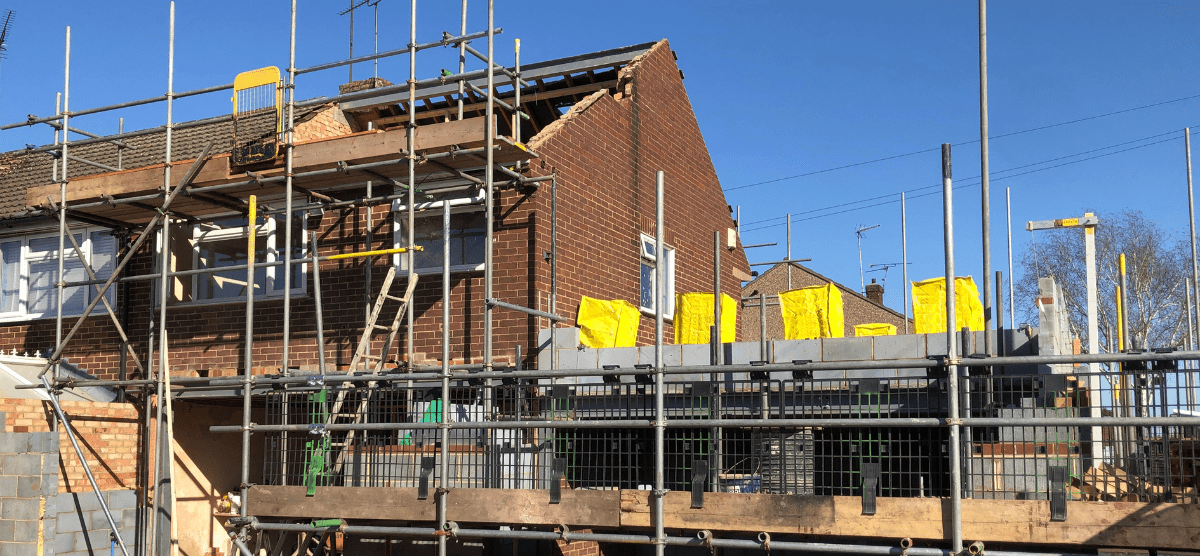Private Residence Relief (PRR) could allow you to sell your current or former home without incurring any Capital Gains Tax (CGT). Our private client experts explain how PRR works and analyse the outcome of a recent court case (Lee vs HMRC) to understand how PRR operates for claims on redeveloped properties.

What is Private Residence Relief?
PRR can allow individuals to sell their homes without incurring any CGT, provided specific conditions are met.
Who can claim Private Residence Relief?
This relief can only be claimed when selling a ‘dwelling house’ that is or has been an individual’s only or primary residence. Generally, PRR can be claimed if you meet the following criteria:
- You have one home
- That one home has been your primary residence for the entire time you have owned the property
- You have not used the property exclusively for business purposes
- You have not let all or part of the property out (exceptions are made for lodgers)
If you own multiple properties, you can still claim PRR but additional conditions apply – for more information on PRR eligibility, contact us to speak to our private client tax team about your specific situation.
Following a decision in a recent court case (see below), the conditions also vary when claiming PRR on a redeveloped property.
Case study on PRR for redeveloped properties: Lee vs HMRC
In October 2010, Gerald and Sarah Lee jointly purchased a property for £1.679 million. Between October 2010 and March 2013, the original house was demolished and a new one built. By March 2013, the Lees had moved into the new house as their primary residence. In May 2014, the Lees sold the whole property, and this is when the PRR complications began. In 2017, HMRC opened enquiries into the Lees’ tax returns.
HMRC contended that PRR should only be available for the minimum period of 18/43rds of the gain (it should be noted that this period has now been reduced to nine months).
The Lees challenged HMRC’s interpretation, asserting that the ‘period of ownership’ in the legislation specifically related to the dwelling house and not the land. Their emphasis was on the 15-month period from the completion of the new house in March 2013 to its sale in May 2014. As they had occupied the new house for the entire period of ownership, the Lees said that the entire gain should be exempt from CGT.
The First Tier Tribunal (FTT) sided with the Lees, recognising the purchase and sale of a single asset and disagreed with HMRC’s position that a ‘dwelling house’ should encompass the land. HMRC appealed the decision to the Upper Tier Tribunal (UTT). The UTT found that HMRC failed to provide compelling evidence supporting their claim that PRR should extend to the land and upheld the FTT’s decision.
The outcome of this case is that even though the Lees had owned the land for 43 months but only occupied the house for 15 months, they were entitled to PRR in full.
What does Lee vs HMRC mean for sellers of redeveloped properties claiming PRR?
If you are looking to claim PRR on the sale of a redeveloped property made in the last four tax years, now or in the future, the Lee vs HMRC court case highlights several conditions that must be met:
- Occupation of the dwelling house: The dwelling house must have been occupied as your main residence at some point during your ownership.
- Period of ownership: The ‘period of ownership’ for PRR purposes considers the dwelling house separately from the land, even when both are under the same title. The PRR calculation should consider the period when you occupied the dwelling house as your main residence.
- Redevelopment activities: Any redevelopment on your property should not have been carried out with the primary aim of claiming PRR. The main reason should have been to create a suitable residence for you and others living in the property.
- Garden and grounds: The garden and grounds surrounding the dwelling house may be eligible for PRR if they are used primarily for the enjoyment of people living there. However, if the garden and grounds are used for other purposes, such as commercial activities, they may not be eligible for PRR.
- Property disposal: The disposal of the property should be a genuine sale or other disposal. PRR will not be available if the disposal is a sham transaction or if it is intended to reduce the capital gain deceptively.
Due to the complexity of the conditions above, the best way to assess your eligibility for PRR and submit a successful claim is by consulting a specialist tax adviser.
What about if you have sold redeveloped land in the last four tax years?
Due to the outcome of the Lee v HMRC case, there could be a limited window of opportunity to revisit those calculations, potentially resulting in a tax refund.
If you have sold redeveloped land in the last four tax years, speak to a specialist tax adviser ASAP to find out if you are eligible for a refund from HMRC.
PRR advice and support with our private client tax services
Contact our private client tax team today and maximise your tax savings when selling your home or property. We can guide you through Private Residence Relief eligibility and provide tailored support to your situation.




